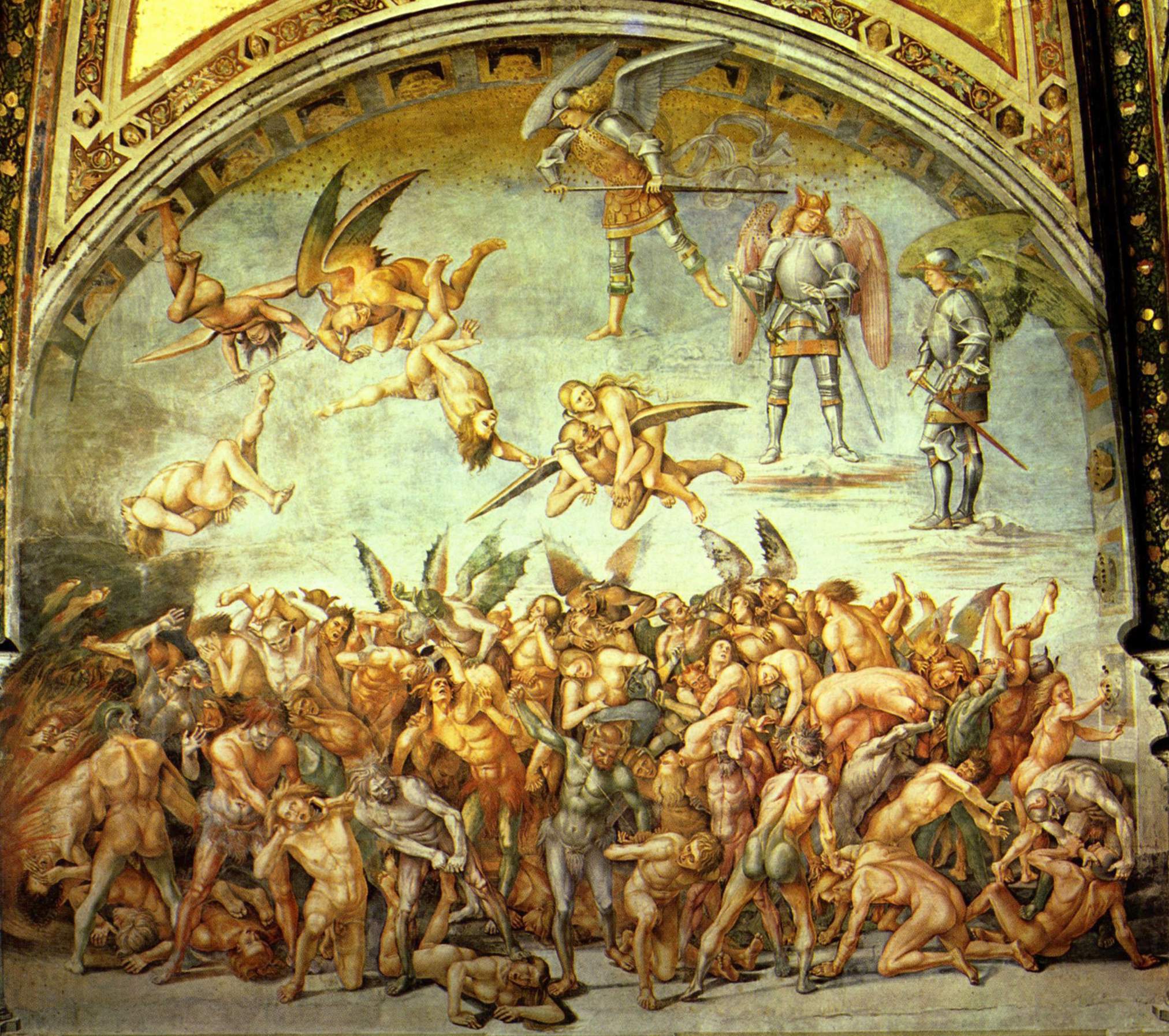On Tuesday, the
New York Times ran a story on
the evolution of the Islamic State. While it might be better to characterize what has been happening as an evolution in Western thinking about the Islamic State, a point that the story (if not the headline) attempts to make, there is some useful information to be gleaned from the pastiche of interviews and expert analyses presented in Tim Arango's narrative.
First, individuals living in areas controlled by the Islamic State and experts on the region make the point that the Islamic State, while extremely repressive, has brought a measure of stability to parts of Iraq and Syria that have long been in turmoil. This stability is, at least to some extent, due to the elimination of the corruption that existed under the region's dictators and, all too often, its supposed liberators as well. As a man from Raqqa put it, "You can travel from Raqqa to Mosul, and no one will dare to stop you even if you carry $1 million." Sadly, neither the forces favored by the West in Syria nor the governments that succeeded Saddam Hussein in Iraq or the Taliban in Afghanistan have been convinced that good governance--clean governance--is essential to the state-building enterprise. This seems to be something that the Islamic State, for all of its horrors, understands.
Second, three of the experts quoted in the article--Harvard's Stephen Walt, the Brookings Institution's William McCants, and former CIA deputy director John McLaughlin--find parallels between the violence of the Islamic State and that of revolutionary France, Bolshevik Russia, Maoist China, and some other modern states. If these parallels are meaningful--and I would argue that they are--then Western discourse needs to abandon the rhetoric of fighting terrorism where the Islamic State is concerned, unless those using that rhetoric intend "terrorism" to mean what it did when the term was coined in connection with the Reign of Terror in the French Revolution. A state that conducts beheadings--whether with a guillotine or a sword--should be condemned, but we misconstrue what is happening if we call the beheadings acts of terrorism while using that term in its modern sense.
A few weeks ago, while working on the third edition of Seeking Security in an Insecure World, I wrote the following about the Islamic State for the section of the book that deals with failed states:
At the heart of the Peace of Westphalia was an agreement to
eliminate religion as a reason for warfare by establishing a rule of mutual
tolerance among (if not within) states. Both the Holy Roman Empire’s bid to
subdue Protestant principalities and the effort of Protestant rulers to extend
their control to Catholic territories were delegitimized by their joint
acceptance of a principle encapsulated in the Latin phrase cuius regio eius religio (the ruler of the territory determines the
religion practiced in it). While religious differences have factored into
conflicts many times in the Westphalian era, now the basic principle is being
threatened.
The Islamic State--also called the
Islamic State in Iraq and ash-Sham (the term for Syria in classical Arabic) or
the Islamic State in Iraq and Syria (ISIS)--has capitalized on state failure to
inject into the modern world a distinctively pre-modern understanding of the
way religion and the state are to interact. On June 29, 2014, the Islamic State
publicly proclaimed a caliphate with Abu Bakr al-Baghdadi as the first caliph
since the days of the Ottoman Empire. It is a theocratic state that considers
itself unbound by the Westphalian principle of sovereignty with its corollaries
of non-aggression and non-intervention. In fact, the formation of the caliphate
signaled the Islamic State’s intent to pursue a policy of expansion that would,
according to prophecies in the Qur’an, lead to the Day of Judgment with its
divinely foreordained apocalypse. For Muslims who subscribe to the most literal
reading of the Qur’an, the establishment of the caliphate was a pivotal event;
thousands began traveling from all over the world to the lands controlled by
the Islamic State to lend their support to its efforts, military and political, to impose divine judgment on both Muslim and non-Muslim apostates.
By the middle of 2015, and in spite of armed
opposition on the ground supported by American and British airstrikes, the
Islamic State controlled a swath of territory roughly equivalent to the size of
the British Isles with a population estimated at six to eight million. Its
territory, primarily in the most ineffectively governed regions of Iraq and
most war-torn parts of Syria, demonstrates well the hazards posed by failed states
and the tendency for conditions in them to threaten other states. To be clear,
in the territories it controls the Islamic State exercises many of the
functions associated with modern states. It enforces law, collects taxes,
maintains both military and police forces, and even seeks to build alliances
with like-minded organizations. (In March 2015, Boko Haram offered--and the
Islamic State accepted--a pledge of allegiance that, in theory, extends the
caliphate to West Africa.) In many respects, the Islamic State exercises more
effective control over the territories it occupies than the states it has
displaced did. However, the Islamic State does not have, and will likely never
obtain, the recognition of other states. It exists as a quasi-state (due to the
absence of the critical element of recognition) only because the recognized
states whose territory it occupies are themselves quasi-states (due to their
inability to exercise effective control). Nation-building, therefore, appears
as an essential element of any strategy to defeat ISIS, a point recognized by
President Obama in his pledge at the June 2015 G-7 meeting in Germany to
accelerate efforts to train the Iraqi army to fight Islamic State units.
In working on a book that deals with contemporary issues, there is a constant concern that the period between writing and publication will witness changes that render even the most careful analyses obsolete. Our powers of prediction in international politics are severely limited. In this instance, however, I suspect the Islamic State will still be around next spring when the new edition of Seeking Security appears. It will likely be looking more and more like a "real" state. And some in the West will probably still be trying to figure out why it doesn't really make sense to call it a terrorist organization.





.jpg)